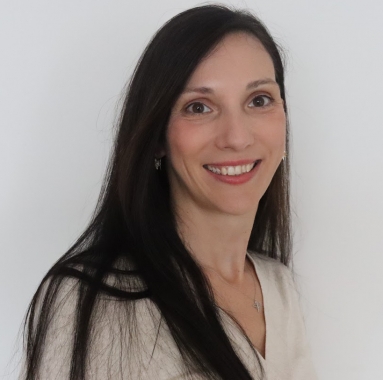
In this interview, Anastasia Dimou, Research & Innovation co-chair of SEMANTiCS 2022 and assistant professor at KU Leuven, talks about current and future trends in knowledge representation. Automation will be key!
For several years now knowledge graphs have been the hot topic within the semantic web and knowledge engineering community basically replacing the former predominant ontology engineering perspective. How can we make sense of this development?
The move from ontology engineering to knowledge graph engineering has to do with the parallel move from open to enterprise. Originally we talked about Linked Open Data, while nowadays it seems that the enterprise knowledge graphs prevail. We should not forget that the term knowledge graphs, as we use it nowadays, was established after Google’s Knowledge Graph even though it existed already before. Due to this advancement, the idea of developing an ontology representing a domain which will be populated with data which will be publicly available and linked, shifted towards the aim of building knowledge graphs for certain (enterprise) data. The one does not exclude the other but nowadays knowledge graphs are used beyond open data.
Q2: Your recent work was strongly focused on the automation of knowledge graph construction. What is the status quo? What are the challenges?
The generation of knowledge graphs remains a very time- and resource- consuming task; thus, I strongly believe that we need to automate it. Different attempts to automate the generation emerged throughout the past few years, taking different directions, e.g., direct mappings to a preliminary knowledge graph and then its refinement and completion; automation of the definition of the rules to generate that specify how the knowledge graph should be generated; or heuristic-based solutions in combination with machine learning. Nevertheless, the results are still far from perfect, therefore we need to further leverage the potential of machine learning algorithms and the users (e.g., consider human-in-the-loop approaches), but also to learn from other fields.
Q3: What are the future directions that we should pay attention to, especially when it comes to intersections such as machine learning, deep learning and the advancement of AI?
I think that the Semantic Web is by definition an interdisciplinary domain where concepts from different fields of computer science, but not only, come together. So, it is not only its intersection with machine learning and AI but also other disciplines that have an impact on its evolution. Advancements in each of these fields could be applicable in the case of knowledge graphs as well. Knowledge graphs have a graph structure which makes concepts from graph theory relevant, but they also integrate data, thus concepts from data management become relevant, and they represent in the end knowledge and, thus, ideas from logic, such as inference and reasoning are relevant. All these concepts come together and take a different dimension as they are linked and brought on the Web. We cannot research Semantic Web technologies in isolation.